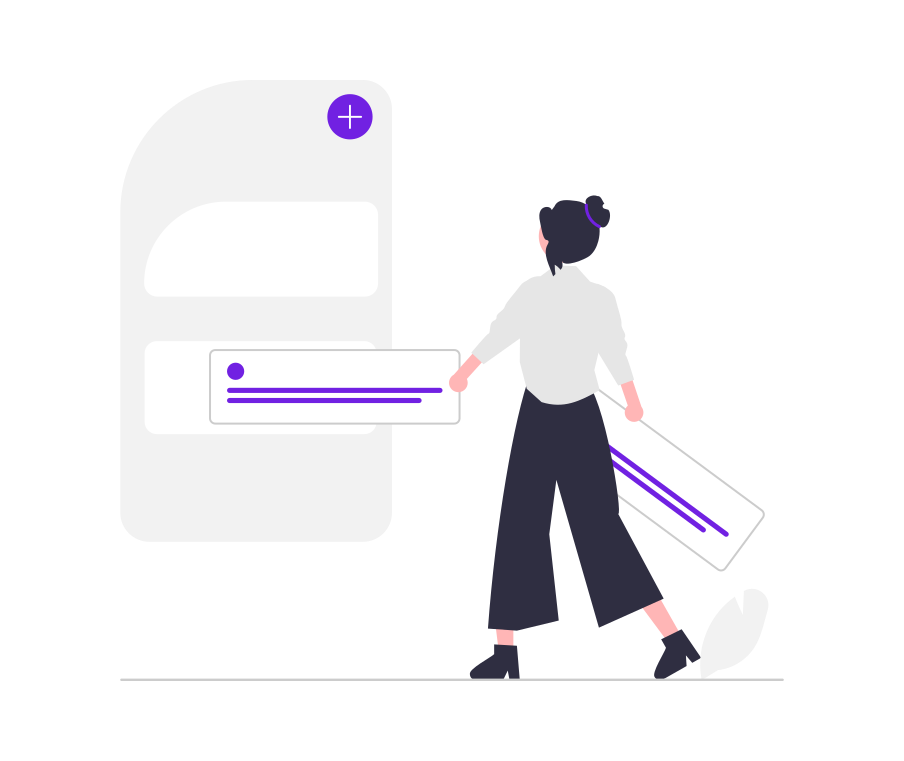Pay-per-click ads (PPC) are a great way to reach potential customers and increase awareness of your brand.
We exist in a climate where online marketing allows for a larger and more targeted reach than ever before. This makes pay-per-click ads a powerful tool for reaching your target market.
When done right, search engine ads can see traffic to your site increase within hours of being posted. What’s more, paid online ad campaigns provide instant and accurate statistics. Therefore, you can analyse what worked or was successful in different campaigns and adjust accordingly.
For any use of pay-per-click advertising, it’s important to create a powerful ad that gives a great quick impression of your brand and reaps a high click-through rate (CTR).
Designing for Search Engines
On a social media site or a shopping marketplace such as Amazon, your ad needs to make a quick and powerful brand impression to garner clicks.
However, it’s even more important to correctly design search engine ads on platforms such as Google, Bing and Yahoo.
When it comes to search engines, it’s essential that your ad not only gives a great impression to a human viewer, but reads well in the eyes of the search engine algorithms. Ticking these boxes can have a great impact on boosting awareness, drive sales and make the most out of your marketing budget.

Read Now: The Powerful Business Benefits of Pay-per-Click Advertising
What Makes a Perfect Ad?
Unlike shopping sites and social media platforms, search engines use not just keywords but real-time-bidding systems (RTB) to decide where your ad is placed.
This means that whenever a spot for an ad needs to be filled, Google runs a series of checks and conducts a real-time ‘auction’ to decide who gets the spot. These checks compare:
- The quality and relevance of the ads
- The advertisers’ maximum bids.
Even if your business places high bids on keywords, your ad won’t be chosen to be displayed if it’s of low quality. The higher your quality score, the lower your maximum bid has to be to get a great position on a search results page.
So, how can your ad get the top spot?
Relevance
In the eyes of search engine bots, a top-quality ad is as relevant as possible to the keyword being searched.
A captivating headline that includes the keyword will entice searchers to read on to the small print before clicking through or continuing to scroll. Being specific lets both searchers and AI know that this is a valuable link that contains relevant information.
The copy itself should also lead with your keyword and remain relevant throughout. Making sure to include a strong proposition and call-to-action (CTA) will also increase your click-through rate, therefore helping your quality score.

Read Now: A Beginner’s Guide to SEO Meta Titles and Descriptions
Historical Click-Through-Rate
Algorithms used by search engines also consider the historical click-through rate of your ad. This is then compared to other ads given the same position on the search results page.
Experimenting with different keyword usage can produce either stronger or weaker ads. You can take note of this in order to produce ads with the highest click-through rate.
You can also add ad extensions that enable multiple click-throughs to landing pages. These read well in the eyes of search engine algorithms.
A High-Quality Landing Page
Your landing page should be relevant and provide a smooth user experience. It should have a short loading time, high relevance to your ad and a clear call-to-action to convert your visitor into a customer.
A highly targeted landing page significantly boosts your quality score and your conversion rate. If searchers arrive on a landing page that is unrelated to what they were looking for, they’ll quickly move on.
Conversion rate is often read as the quality of user experience by search engine bots. This means that optimising your conversion rate with compelling copy and a strong call-to-action is essential.
Get Creative
Your safest bet when it comes to pay-per-click is using the most relevant and popular keywords for your product or service. However, not all successful campaigns have taken this route.
In 2009, Snickers used pay-per-click advertising as part of their “You’re not you when you’re hungry” ad campaign. They bid on over 25,000 misspellings of the top 500 search terms and encouraged the searchers to “grab themselves a snickers fast”.

On a far smaller scale, senior copywriter Alec Brownstein bid on the names of five top creative directors and posted his CV in an ad directed at them by name.
He correctly guessed that the creative directors would regularly google their own names, and four out of the five interviewed him, with two offering him a job. As no one else was bidding on the keywords, this only cost Alec only $0.13 per click.
To Sum Up…
When used right, pay-per-click ads are a powerful tool and great use of your marketing budget. If you choose keywords wisely and create high-quality ads with high relevance to your chosen keywords, PPC can do wonders for your brand’s reach.
If you think you could benefit from some help running your pay-per-click ad campaign, reach out to one of our experts at Floodmaker today.
